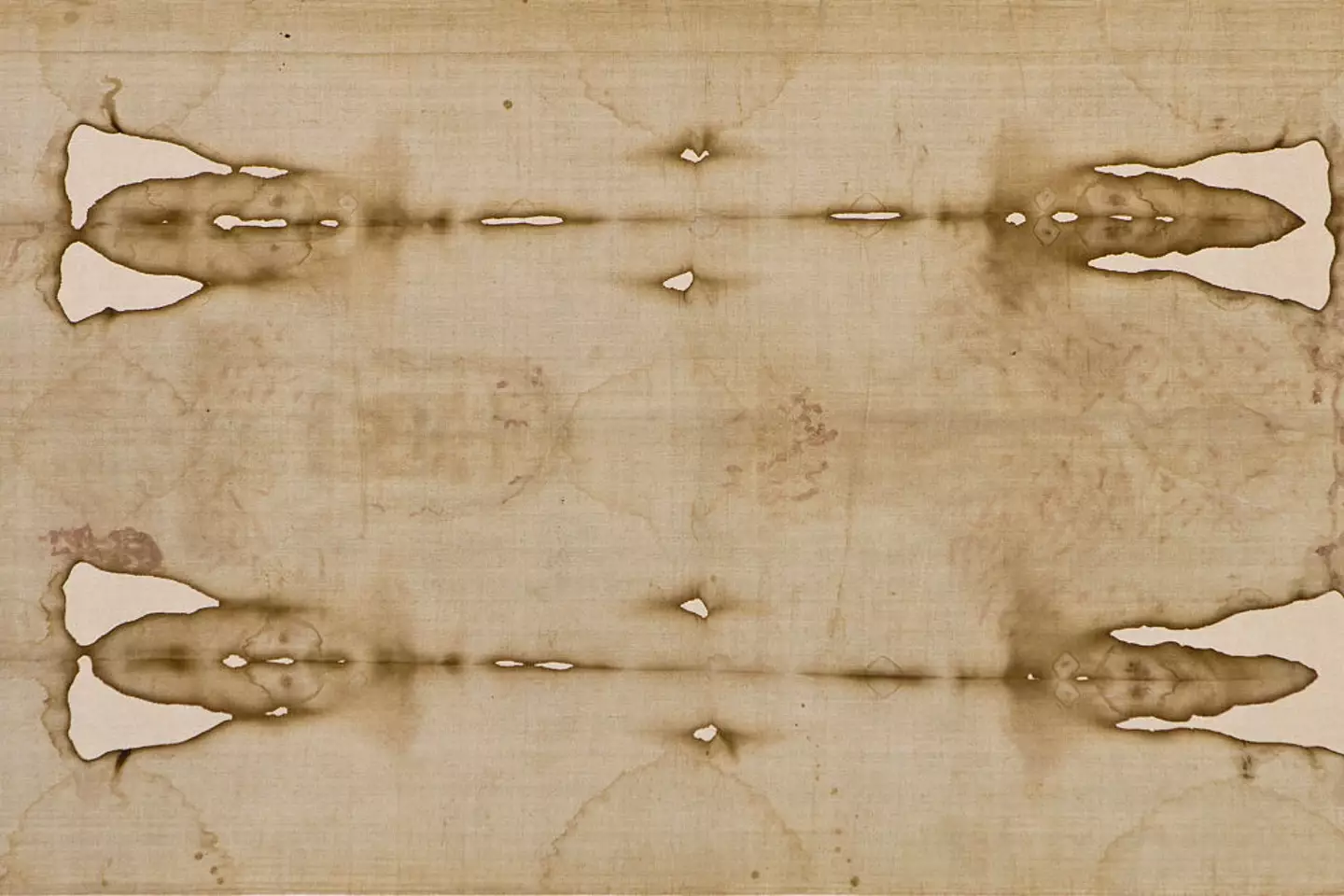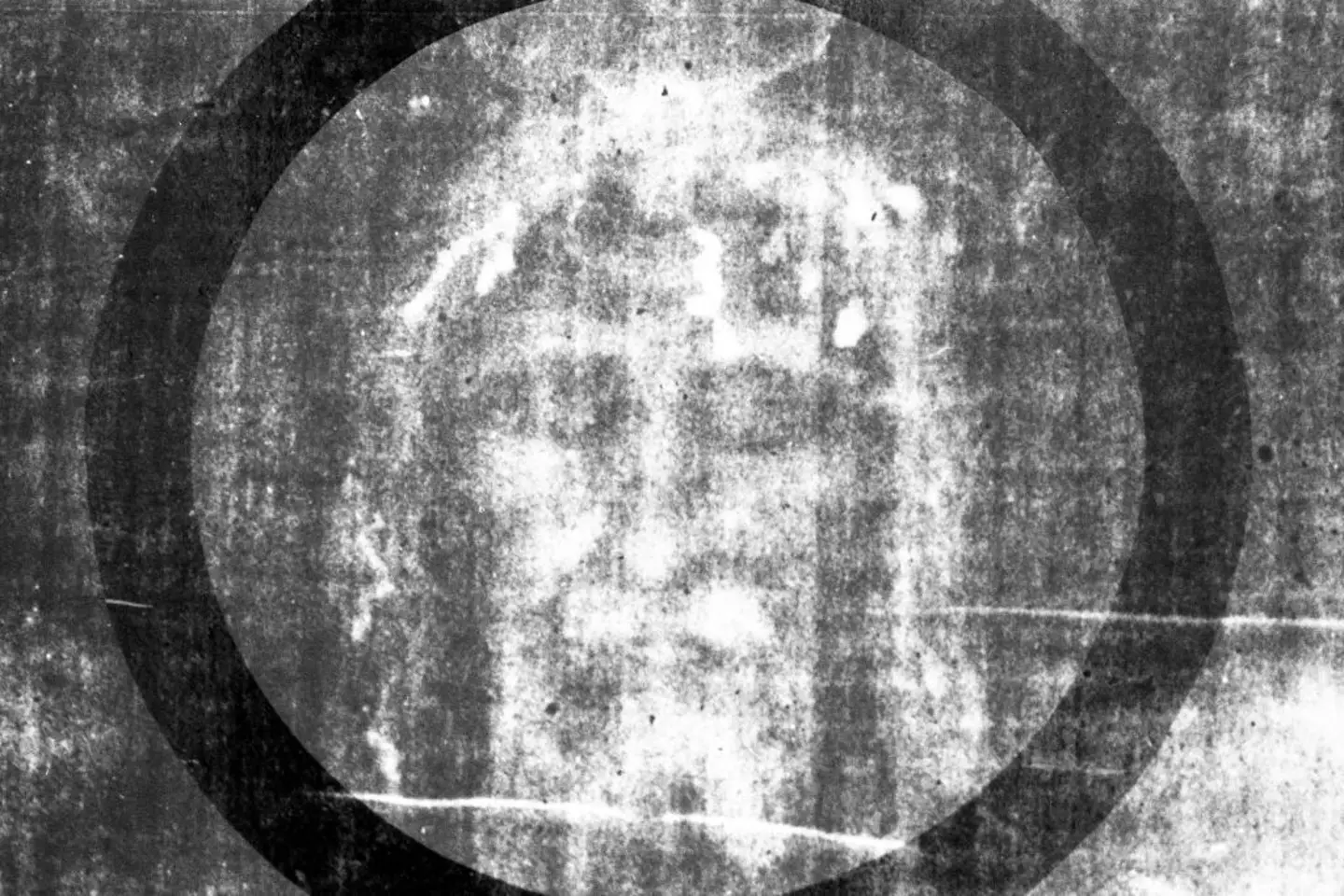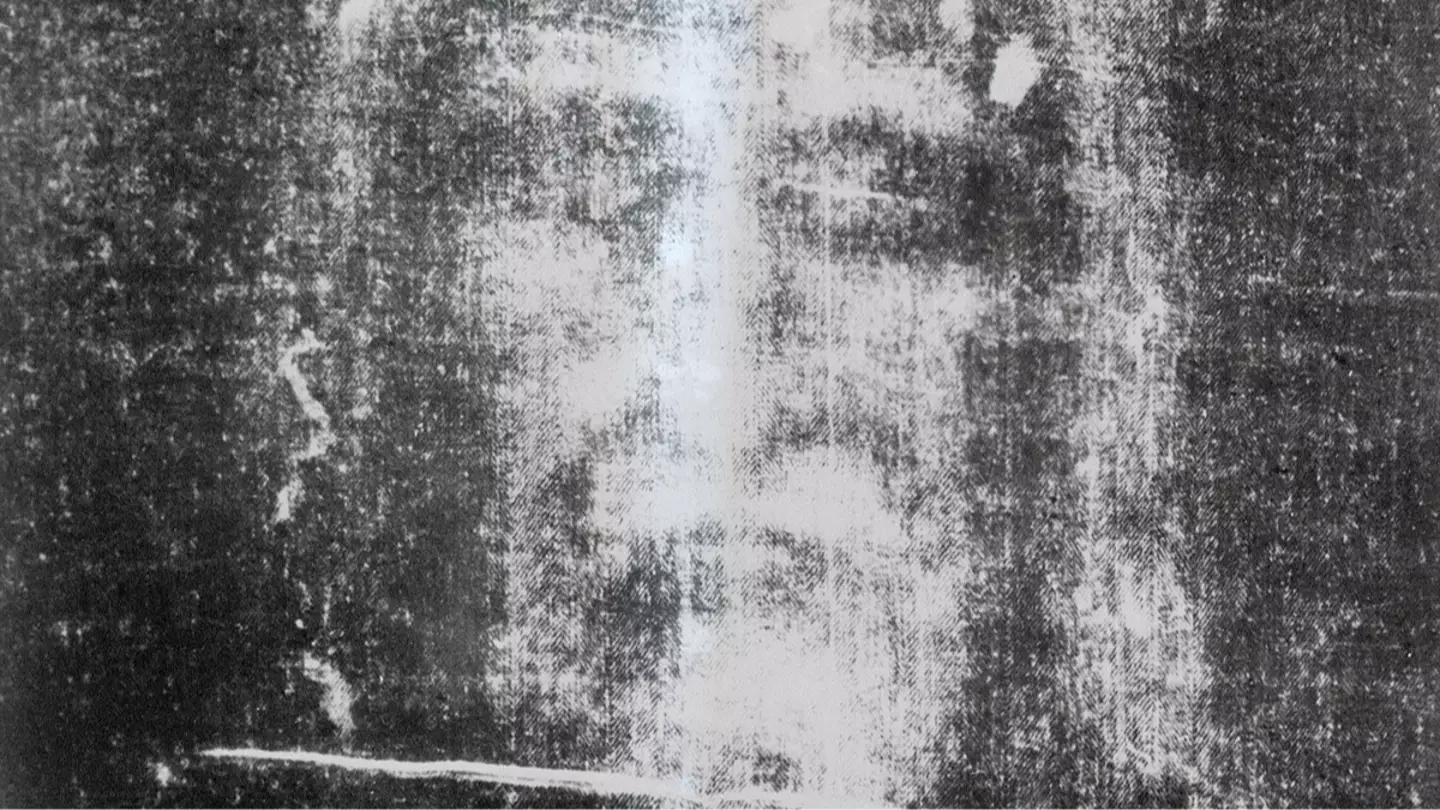A scientist investigating the mysterious ‘Shroud of Turin’ has recently unveiled a new discovery that might alter public perception of the famous linen cloth.
The history of this cloth can be traced back to around 1353. It attracted considerable interest due to its illustration of a figure resembling a crucified individual, with injuries that align with biblical descriptions.
Many believers were led to think the shroud could be the original burial cloth of Jesus, owing to the visible marks that correspond to a crown of thorns and wounds on the wrists and feet.
The debate over the cloth’s authenticity has persisted for years. Recently, research published in the journal Archaeometry has introduced a fresh perspective suggesting that the Shroud of Turin might not be Jesus’ burial cloth.

This investigation was led by Cicero Moraes, a Brazilian 3D digital designer known for his expertise in historical facial reconstructions. He utilized modeling software to explore how a cloth might cover a human body.
Moraes conducted a comparison between the draping of a cloth over a human form and a ‘low-relief sculpture,’ where the sculpted features slightly protrude from the background.
By applying 3D simulation tools, Moraes digitally placed fabric over both types of models and juxtaposed the virtual image with photos of the shroud captured in 1931.
Upon evaluating the results, the researcher concluded that the image on the shroud is more likely to have originated from a sculpture. The fabric draped over the low-relief sculpture model closely matched the archival photographs.

In a communication with Live Science, Moraes discussed how the image on the Shroud of Turin aligns more closely with a low-relief matrix. He suggested that such a matrix could have been crafted from wood, stone, or metal, and then pigmented, or heated in certain areas to produce the pattern observed.
When draped over a 3D human model, Moraes noticed the fabric became distorted, resulting in a misshapen image.
Moraes stated: “Although there is a “remote possibility that it is an imprint of a three-dimensional human body, it is plausible to consider that artists or sculptors with sufficient knowledge could have created such a piece, either through painting or low relief.”
These findings align with earlier carbon dating analysis, which determined that the shroud’s origins lie between A.D. 1260 to 1390, suggesting it is not a genuine historical artifact.

